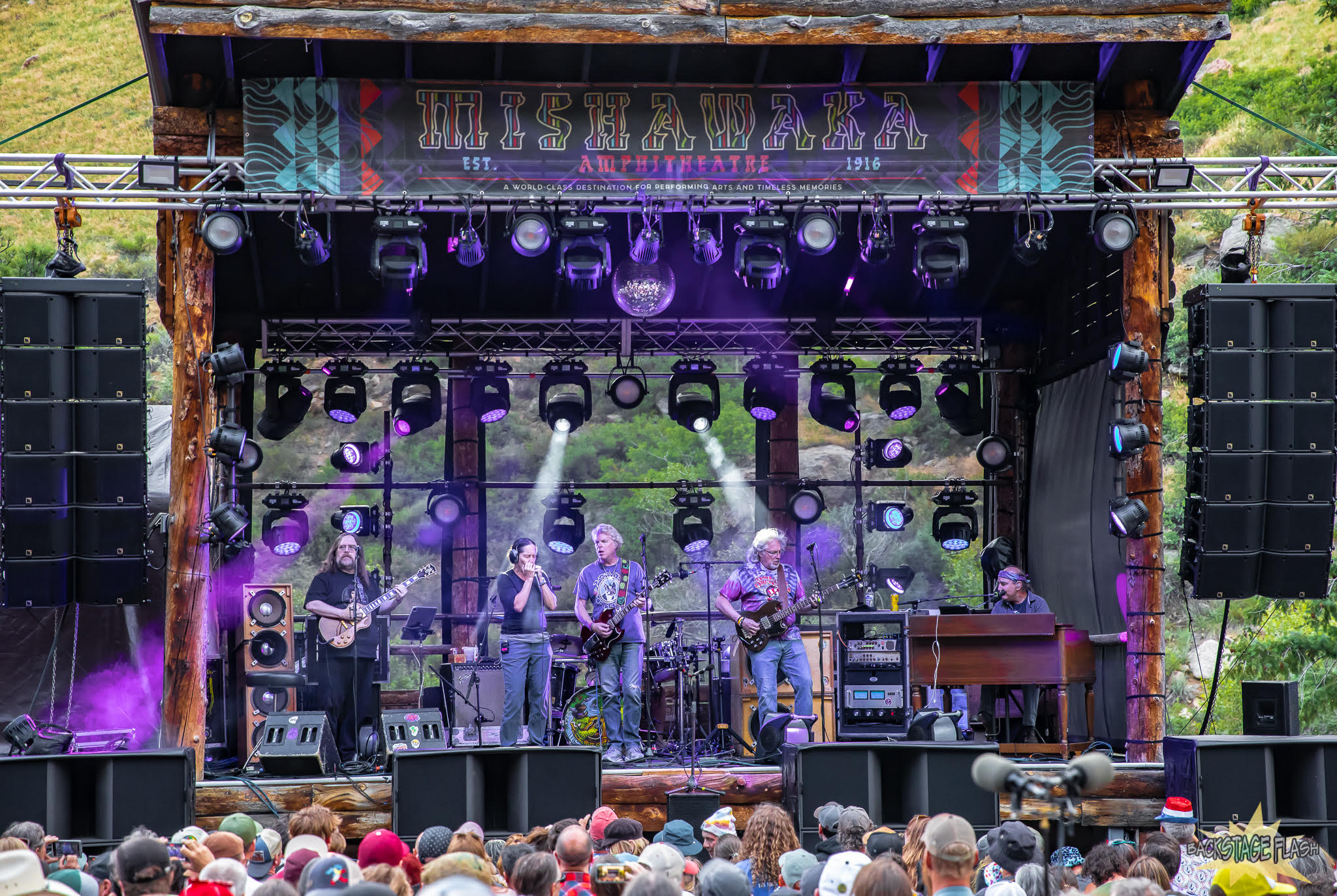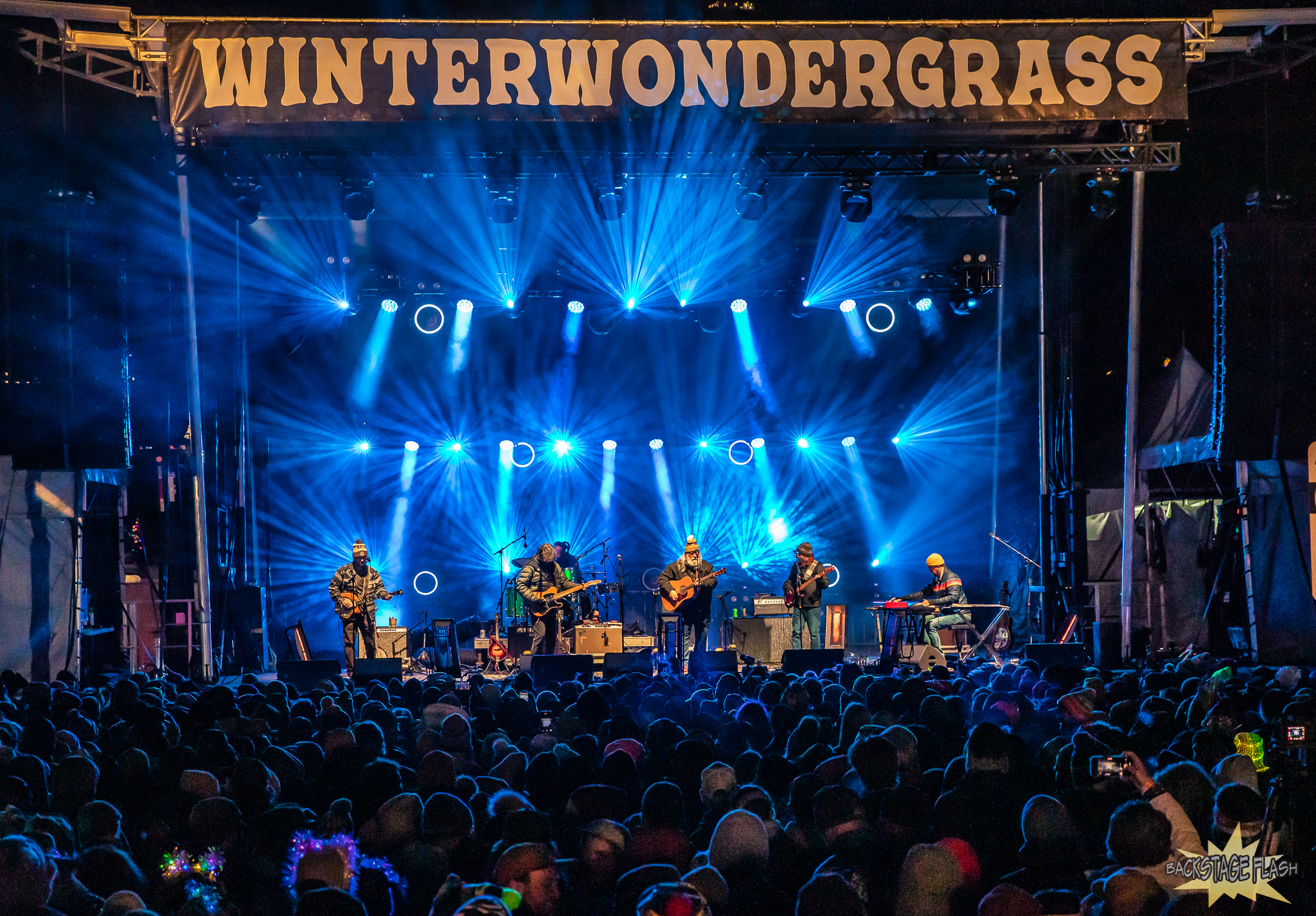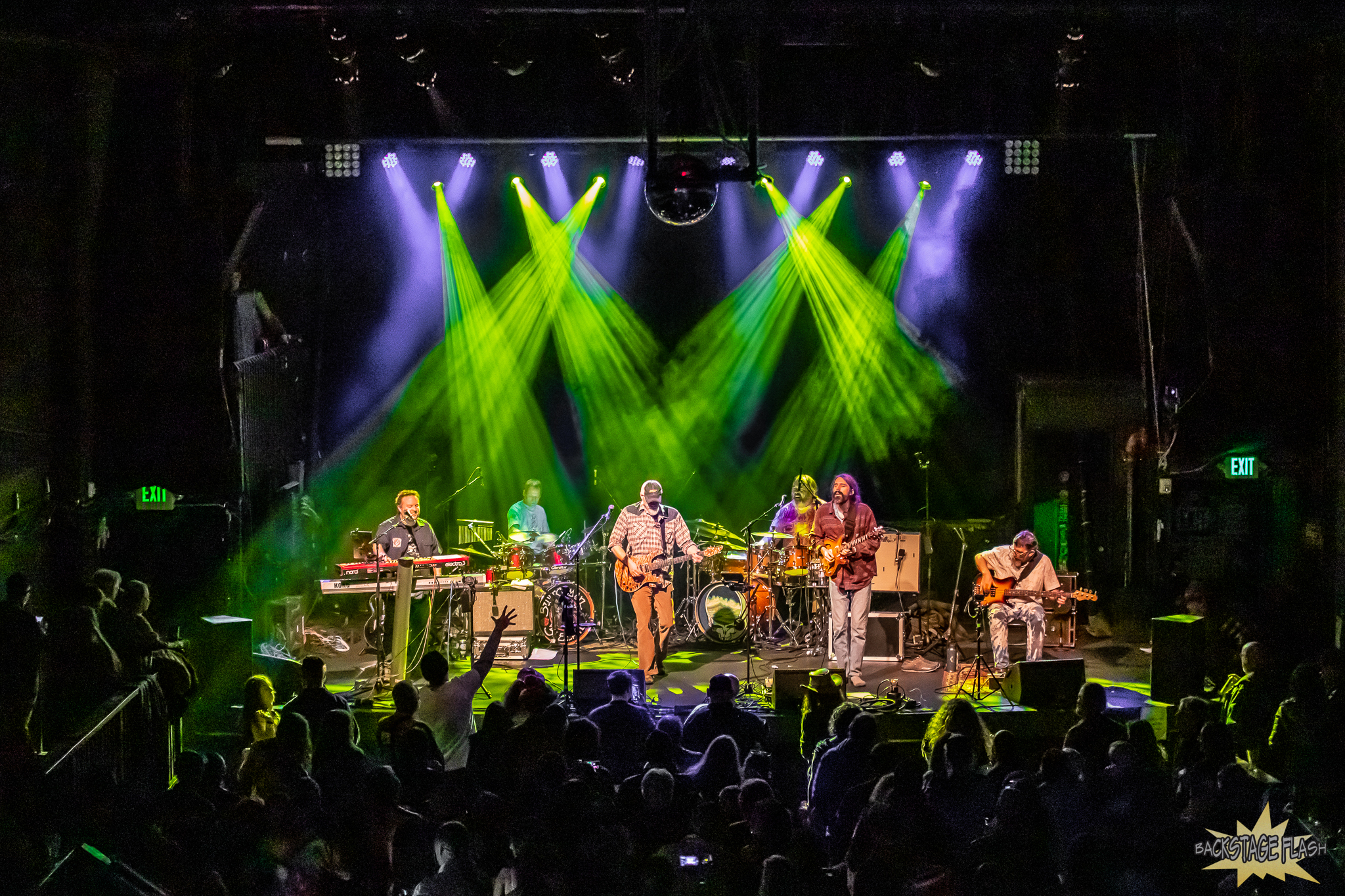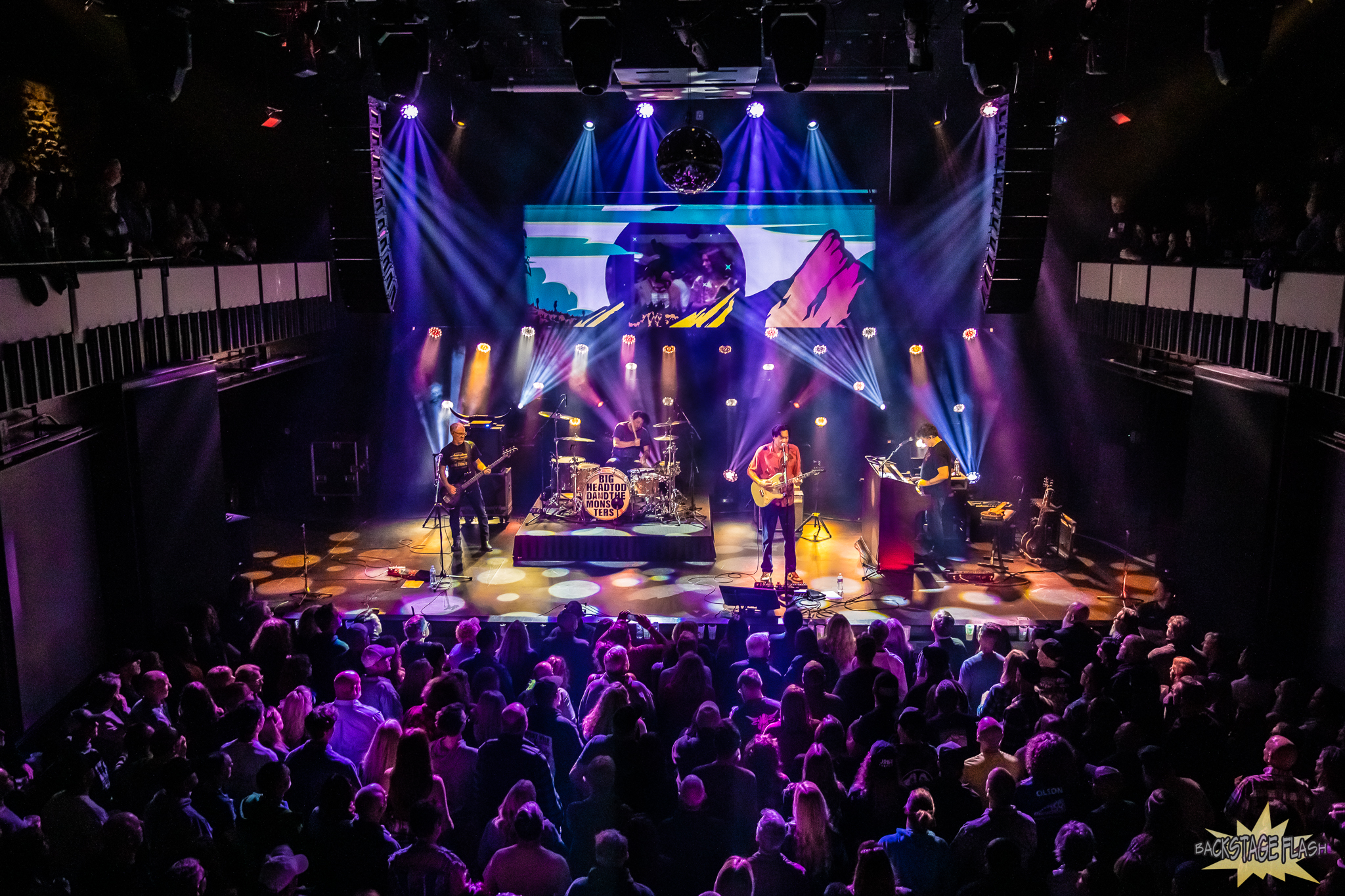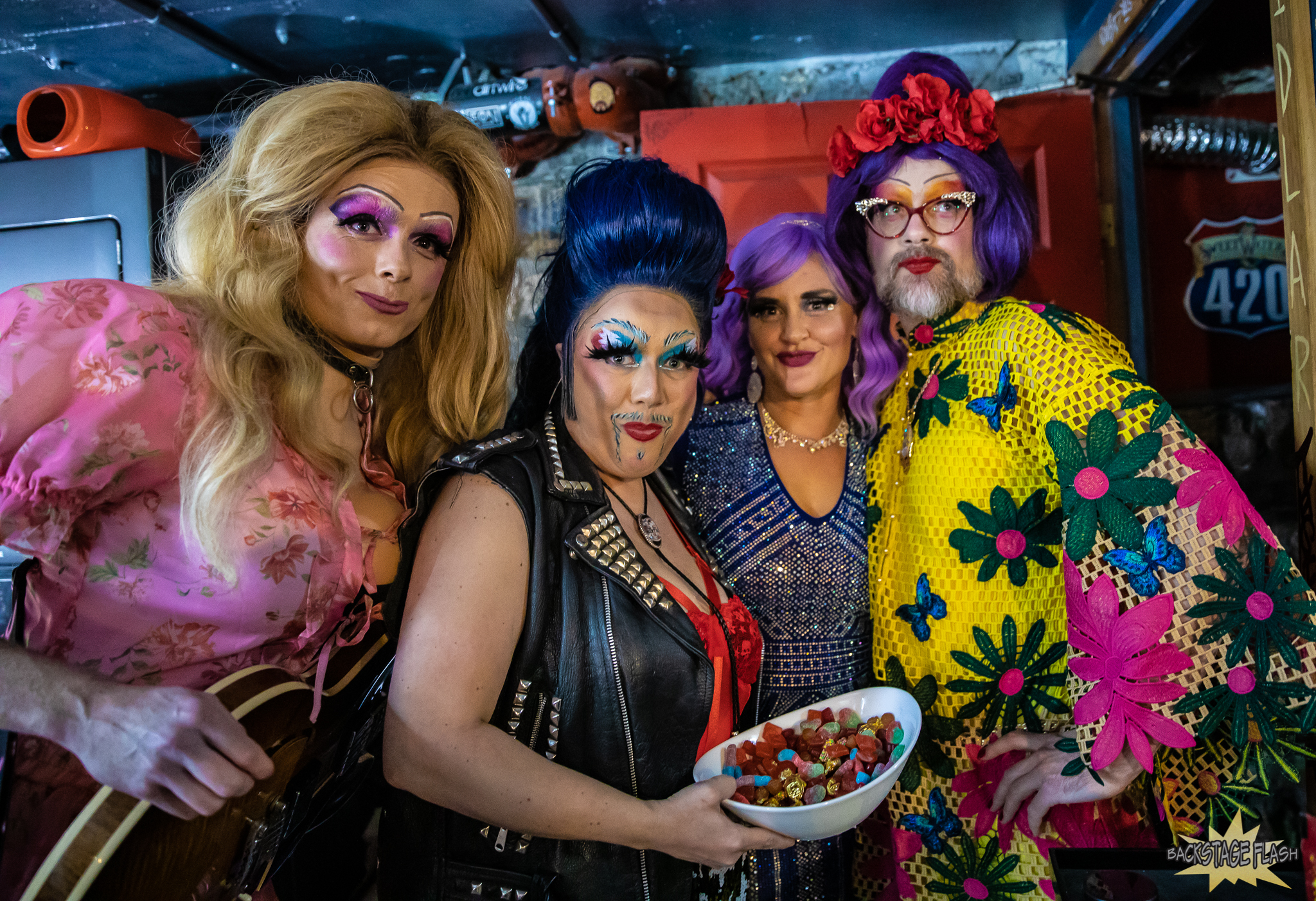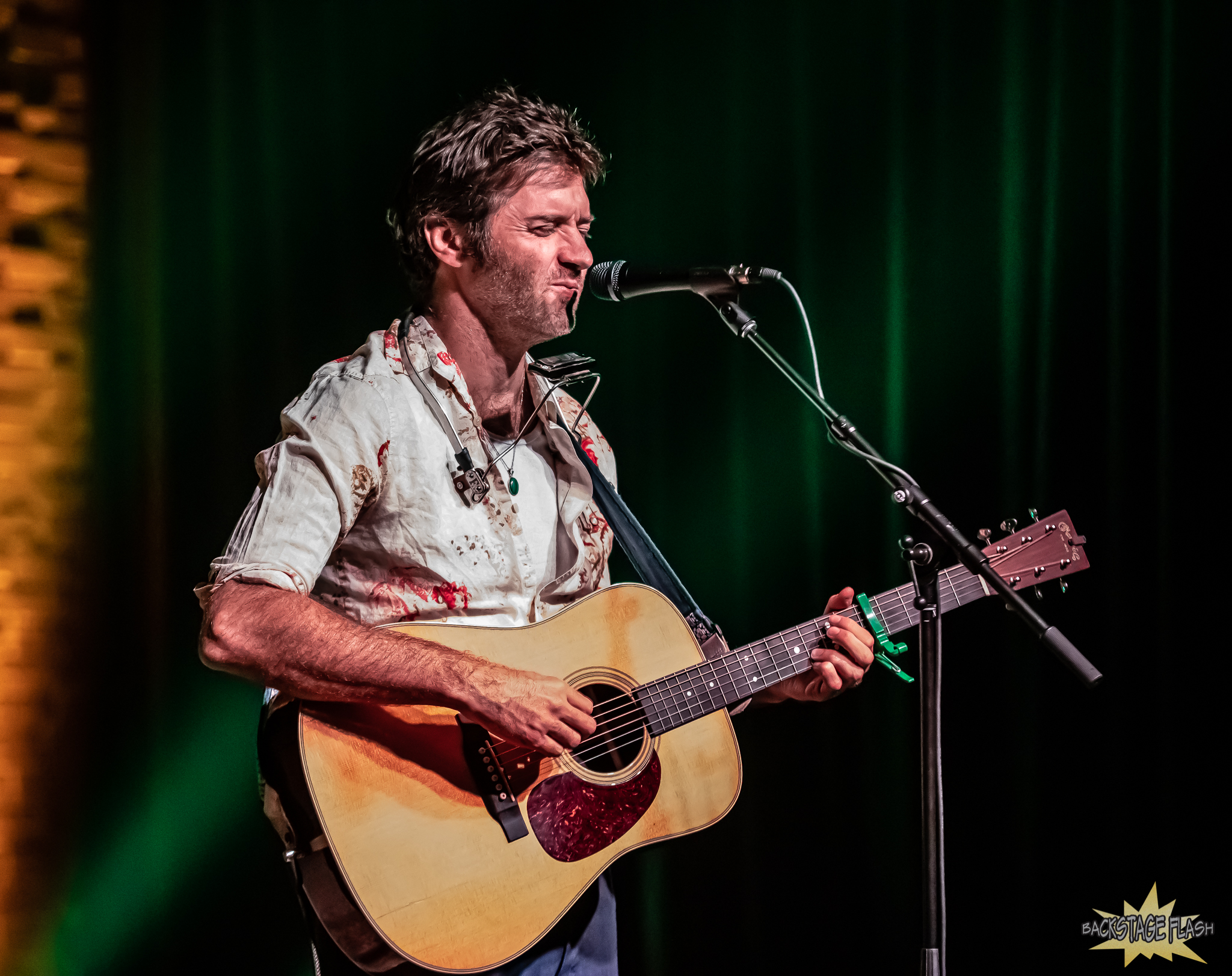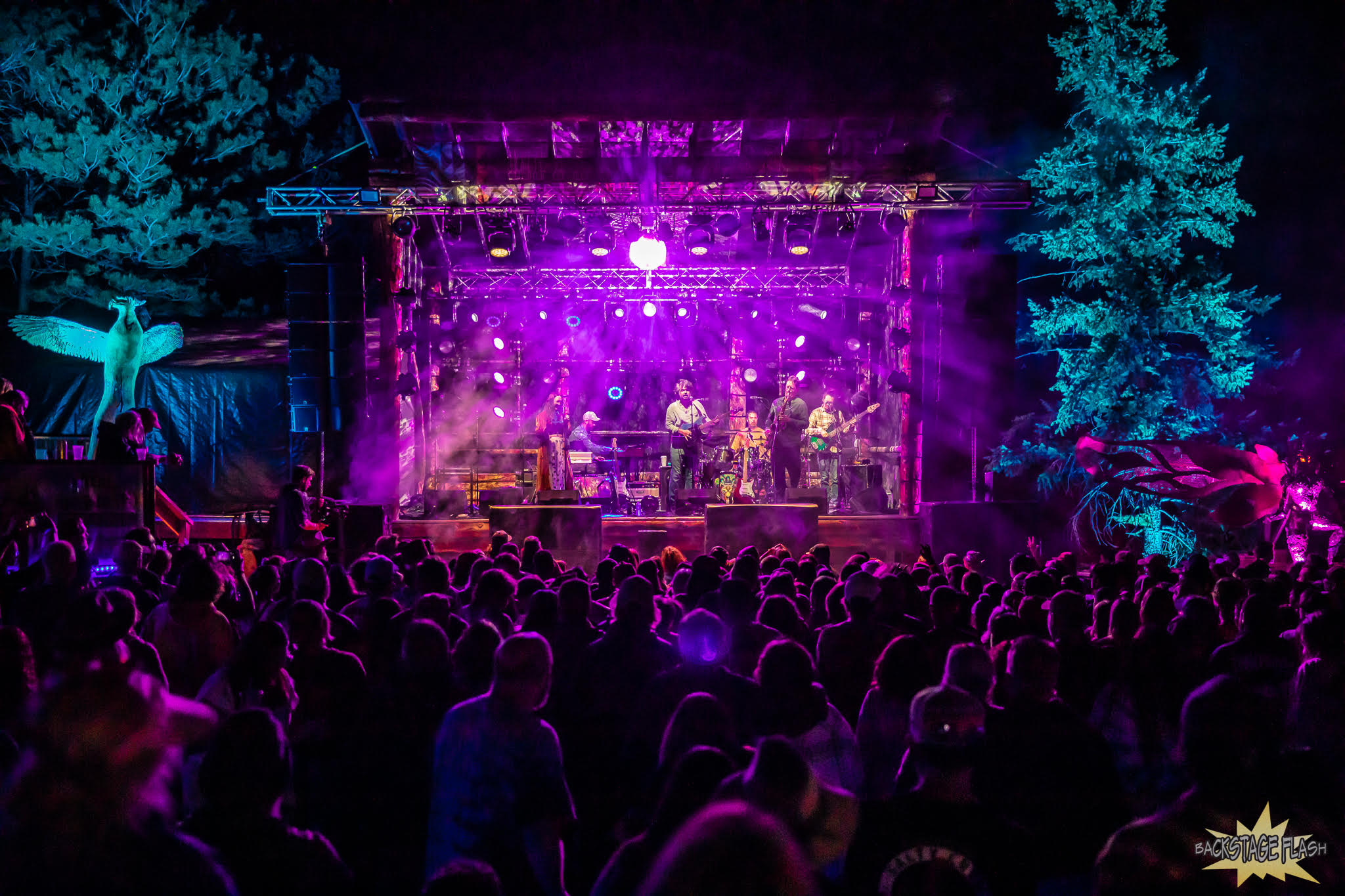Dark Star Orchestra, the ultimate Grateful Dead experience, spent a little time on the mountain last night. The hills were alive with the sweet sounds of the Grateful Dead’s music at the majestic Mishawaka Amphitheatre. The band's triumphant return to the Poudre Canyon coincided with our nation's birthday, and believe me, it was the place to be. Celebrating the music of the Good Ole’ Grateful Dead is a special occasion on its own, but throw in a countrywide birthday party stacked with music fans on a beautiful evening in Colorado, and anything can happen.
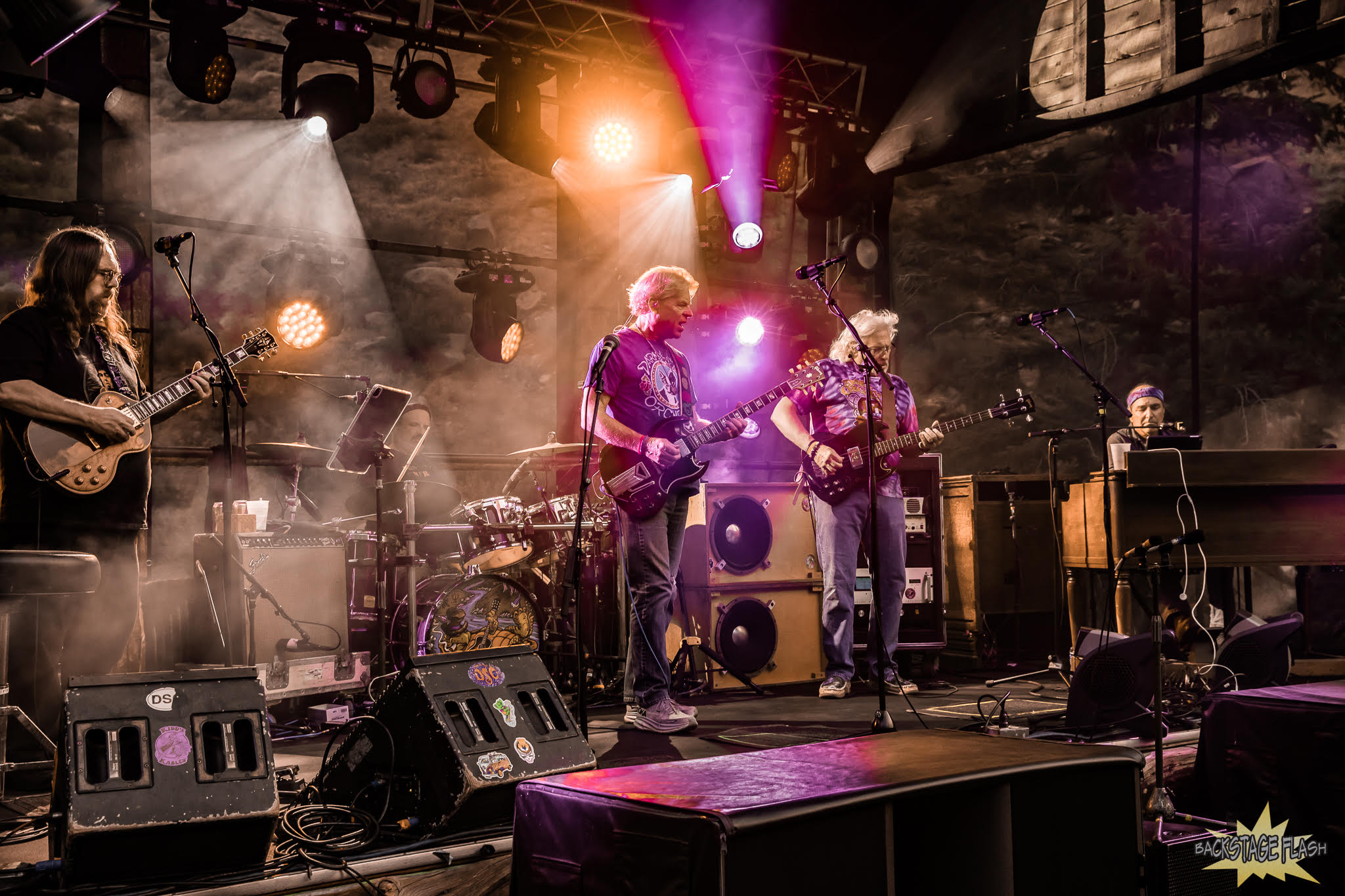
As many of you know, Dark Star Orchestra takes the preservation and presentation of the Grateful Dead’s music very seriously. There are younger generations of fans and many more to come who rely on bands like DSO. They are traveling the same roads the elders did and understand the significance of the music and the subculture it created. They want their piece of the pie, just like the generations of people who lived on earth at the same time Jerry Garcia did. DSO provides that slice of musical heaven by being shepherds of one of the most interesting music catalogs in existence. The band treats the music with respect, enthusiasm, and the same vitality the Grateful Dead did every time they step on stage.

Each member of DSO has a deep connection to the music of the Grateful Dead, both creatively and spiritually. There are no borders, guardrails, or stop signs that come with the Grateful Dead's music. It's kind of like a shiny metal ball in a pinball machine without bumpers; you never know where it’s going to end up. The desire and ambitious musical attitude from DSO is vital and inspirational to so many people that the wheel will not and cannot stop turning. When you look at the Grateful Dead's big picture, you see so much more than music; you see peace, love, and understanding within the music. It’s an adventurous, unpredictable ride enjoyed by adventurous people who are willing to accept any outcome.

Grateful Web had a chance to talk with Rob Eaton for a few minutes before the band took the stage last night. Rob is coming up on twenty-five years of singing and playing guitar with DSO. I asked him about recreating the magic of the Grateful Dead’s music and how that evolves. He told me the band does not lean on any specific Grateful Dead era when it comes to recreating the music. He said, "We are all Deadheads in this band and we enjoy recreating shows from the past and also enjoy creating our own shows from the vast catalog of music at our disposal." Last night, the band performed a 1971 show from East Hall, Mayser Center, Franklin and Marshall College in Lancaster, Pennsylvania.

It was a beautiful night in the Poudre Canyon, and the sold-out audience was enthusiastically energized before the band even took the stage. The tie-dye patterns worn by the fans were an explosion of color, expression, and gratitude toward the Grateful Dead subculture that started so long ago. The band consists of Rob Eaton on guitar and vocals, Jeff Mattson on guitar and vocals, Skip Vangelas on bass, Rob Barraco on keyboards and vocals, Rob Koritz on drums, and Lisa Mackey on vocals and harmonica. Drummer Dino English was in attendance but did not perform. I did leave before the show ended, and English informed me he might play drums if there was extra time for more tunes at the end of the second set.
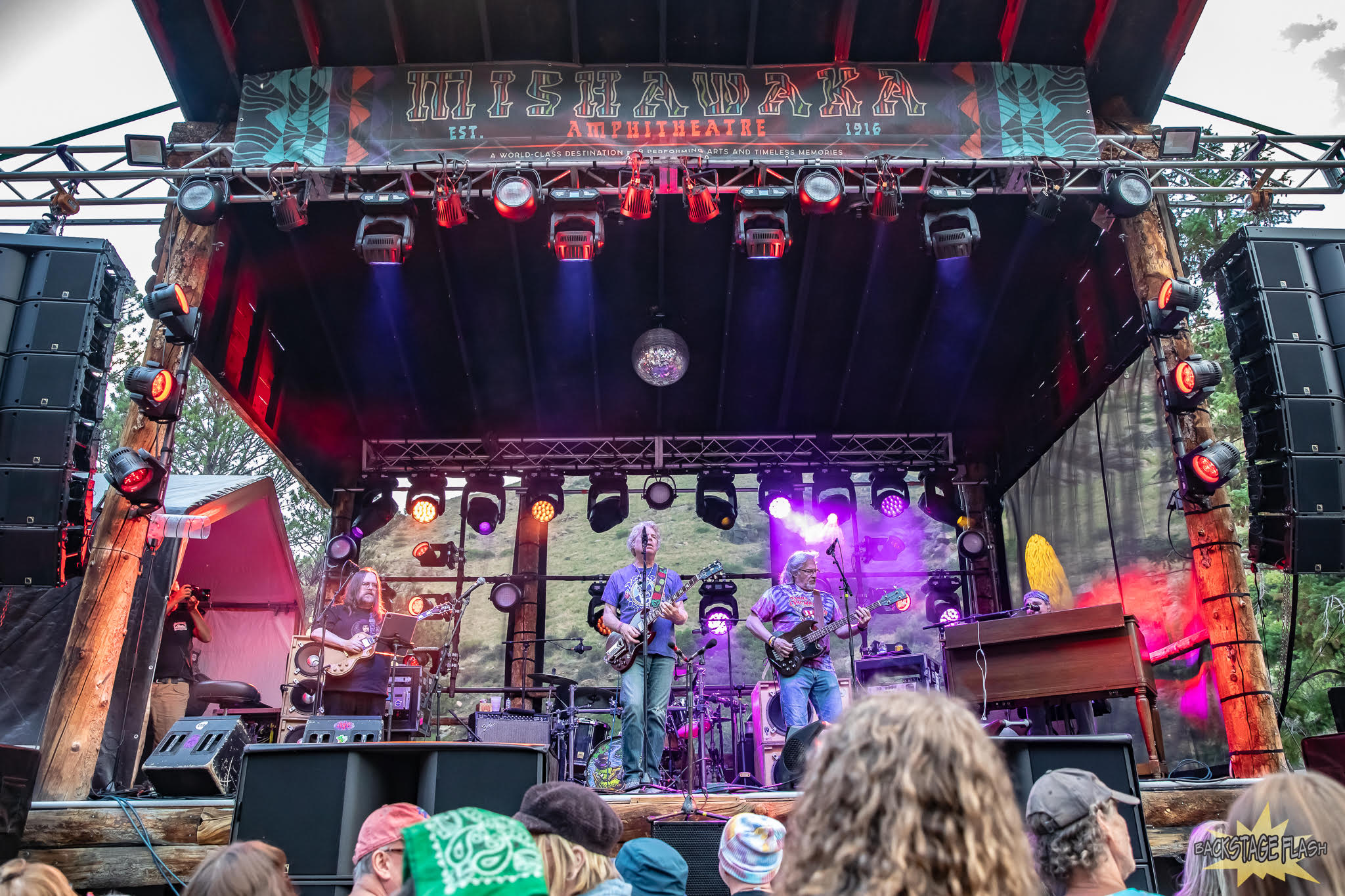
Opening the show with "Casey Jones" set the vibe on fire right out of the gate. The familiar sound of the Grateful Dead’s music was extremely well received by the audience. It was dusk when the band started, so you could see the joy and happiness on the faces in front of the band. “Me and Bobby McGee,” “Next Time You See Me,” “Loser,” “Beat It on Down the Line,” “Hard to Handle,” "Bertha," “Playing in the Band,” “Deal," and “Good Lovin’" were all included in the first set. Eaton, Mattson, and Barraco’s voices all sounded strong and crystal clear, taking turns on the vocal duties.
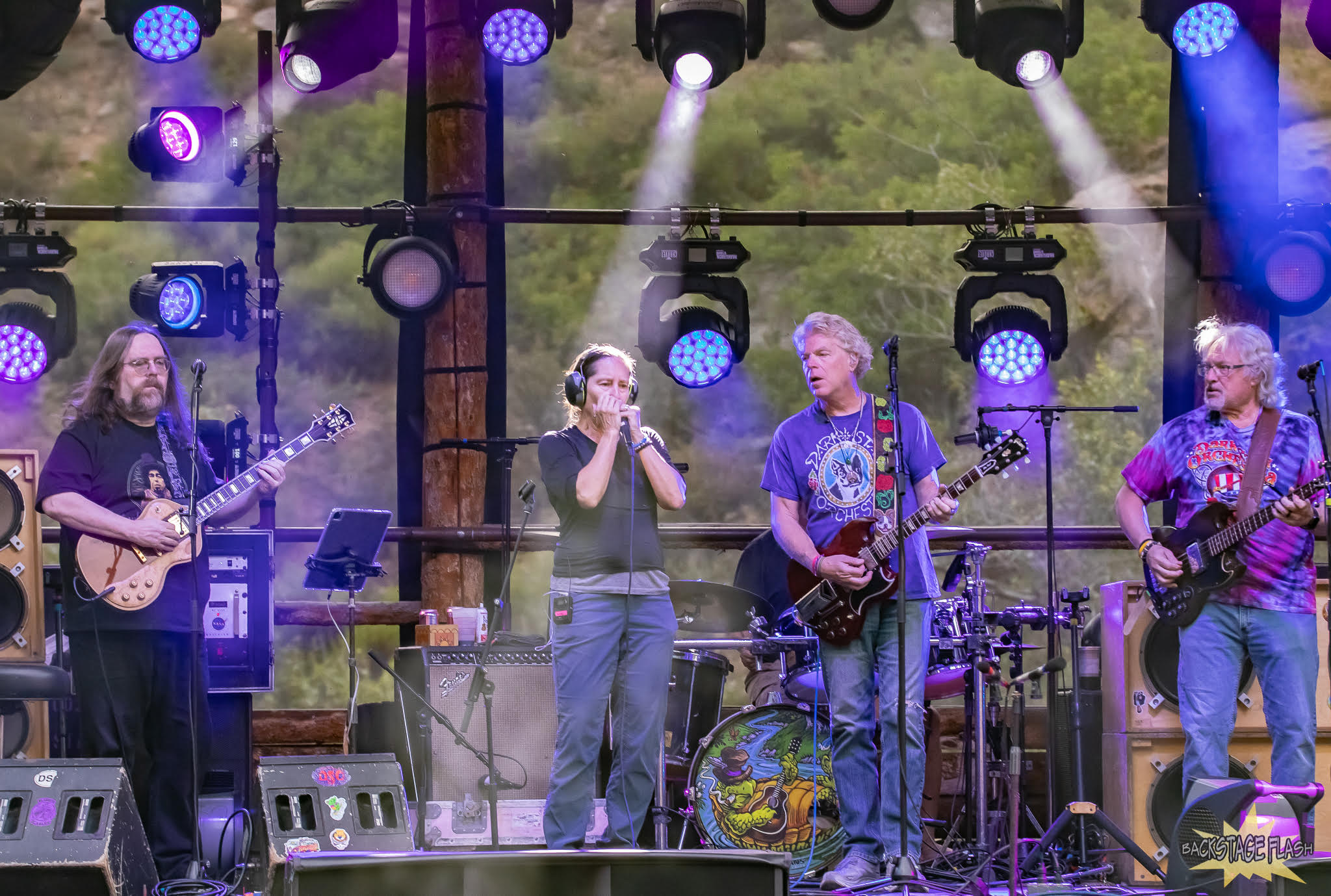
On backing vocals and harmonica, Lisa Mackey sounded wonderful, emulating the sound and style of Donna Jean Godchaux. Mattson and Eaton’s guitar playing had that familiar weave of rhythm and lead guitar that Jerry and Bobby were so notable for creating. Mattson was playing what seemed to be a handmade, possibly one-of-a-kind guitar. It had a Gibson-style neck with markings on the headstock that resembled a Gibson, and the body of the guitar had a Hofner bass guitar geometry. The two large pickups provided a robust, biting tone that was well suited with the amplification, giving the overall sound of the guitar fullness and clarity.
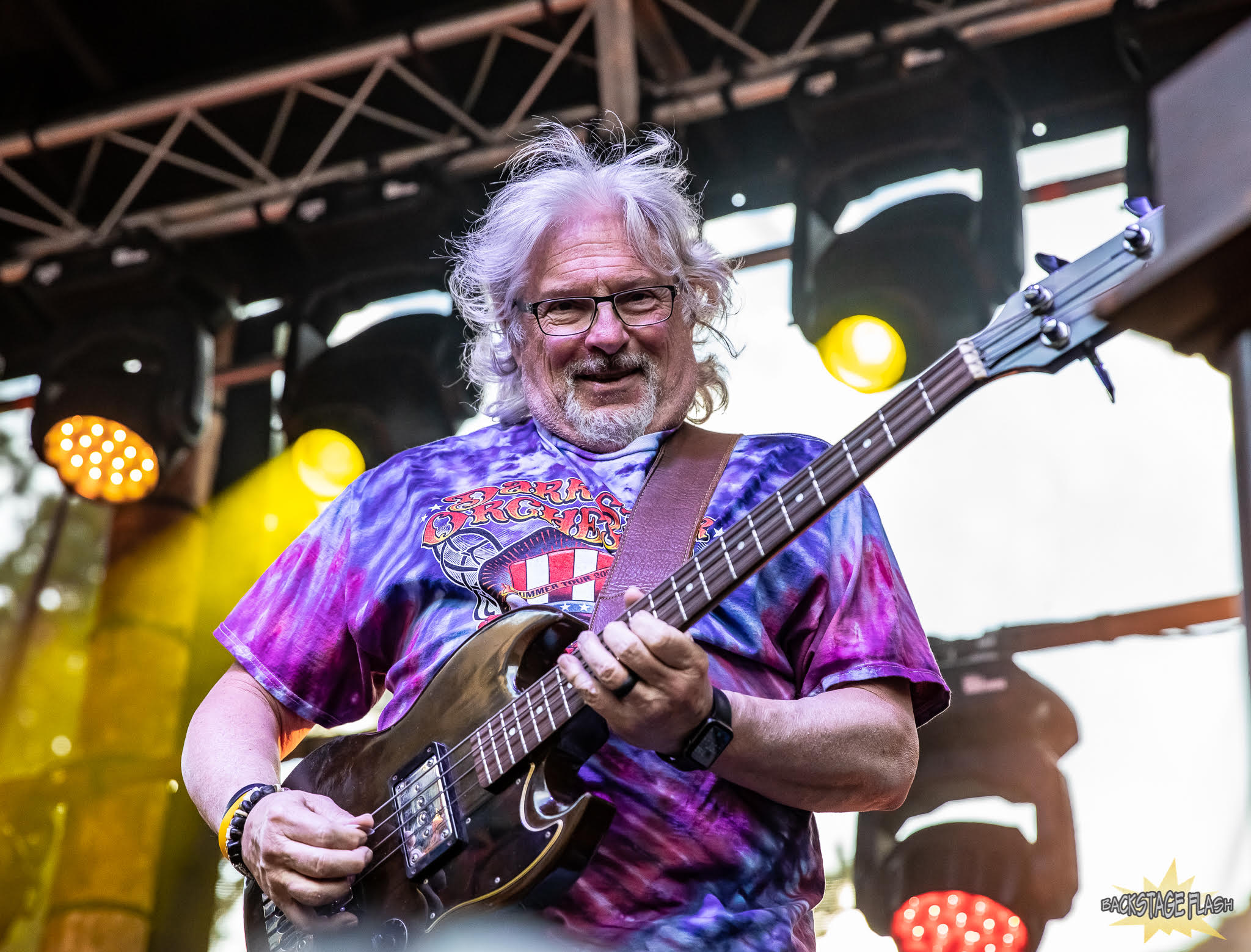
Vangelas on bass provided thick grooves and soulful structure to the ever-evolving arrangements. Koritz took full advantage of this on drums, delivering tasteful, hard-hitting beats that rocked your soul. The two-man rhythm section was powerfully elegant and filled the canyon walls with a warm blanket of low-end. Barraco’s keyboard playing flowed like the river just feet behind him. The movement of the water crashing over the rocks behind the stage and his cascading keyboard style were very similar, providing great visual pleasure from the higher points in the venue.
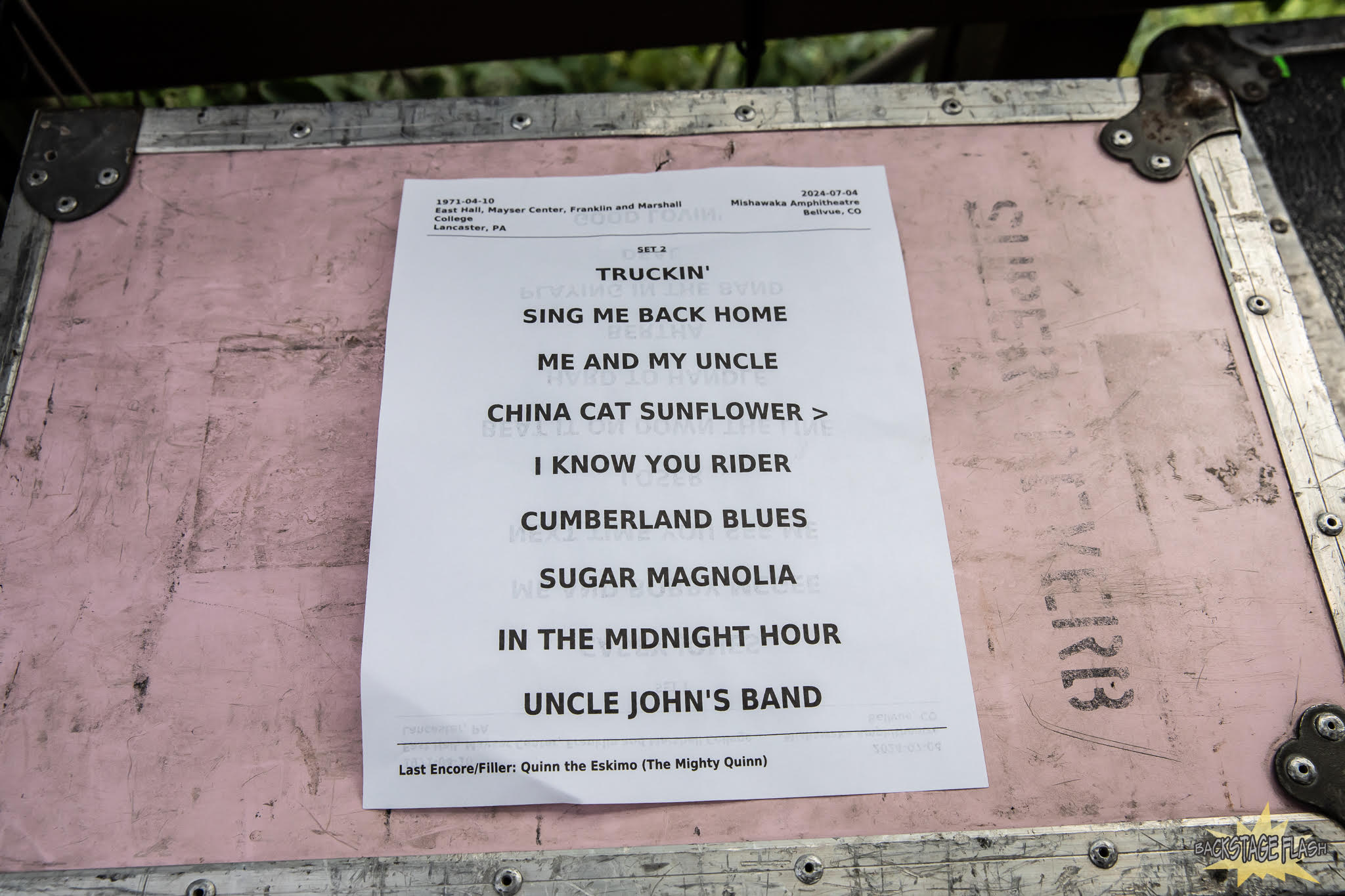
The second set was packed with goodies, opening with "Truckin’." I included a photo of the set since I left a bit early. During the second set, Boots Jaffee joined the band on harmonica for a couple of numbers. Jaffee was part of the Grateful Dead road crew from 1968 through 1976. He was the band's pyrotechnics expert and has stories that will burn off both of your ears. Jaffee lives just a few miles away from the Mishawaka and is a cherished part of the Fort Collins music community.

What a treat to have DSO back at the Mishawaka. They played a hell of a show; they were so tight, and their exploration of the Grateful Dead’s music was in full swing. You can see and hear the passion, and you cannot be surprised by the longevity of the band because anything this good will stick around a while.
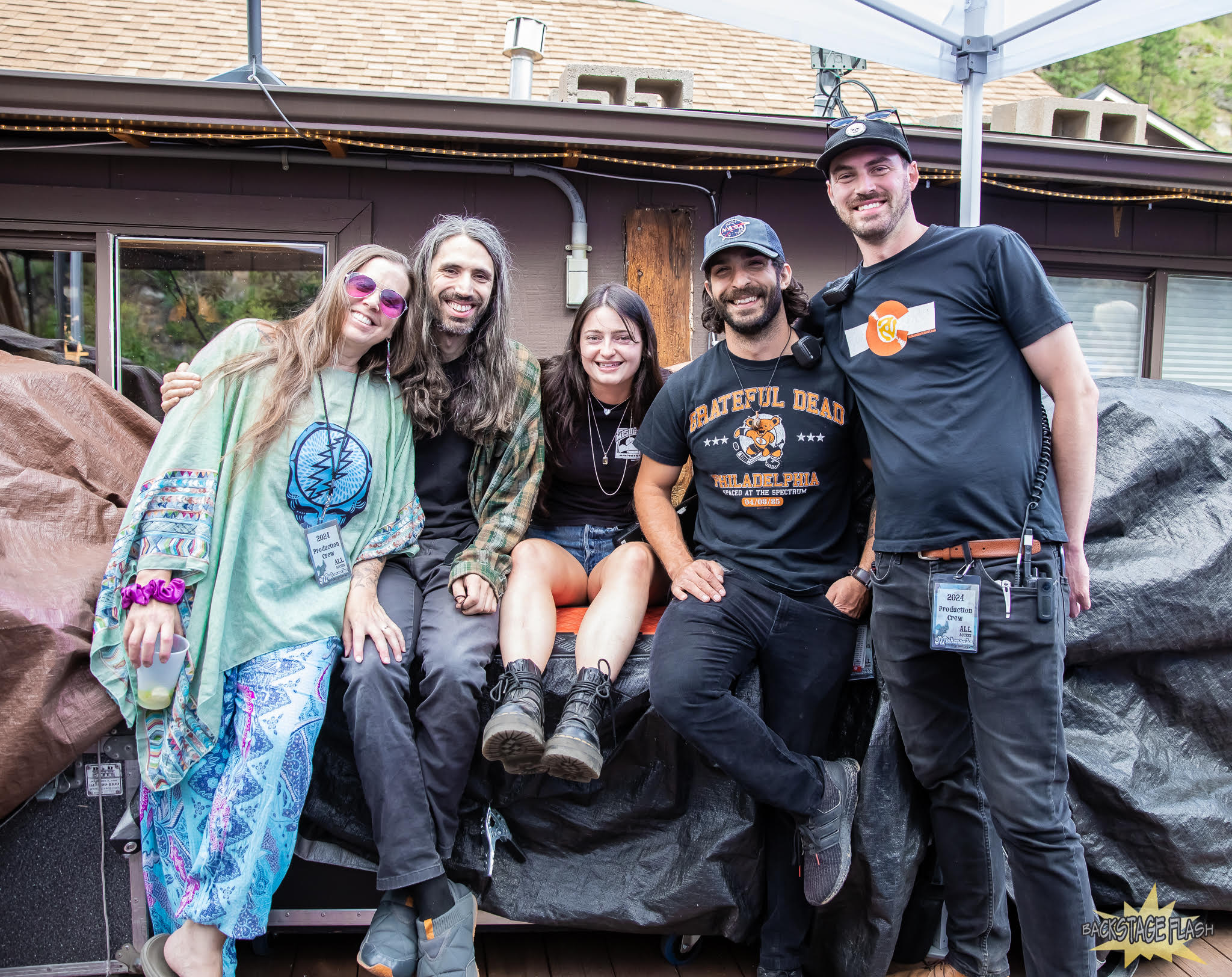
Thanks, DSO, for visiting the Mishawaka. Thanks to the fans and venue staff.





